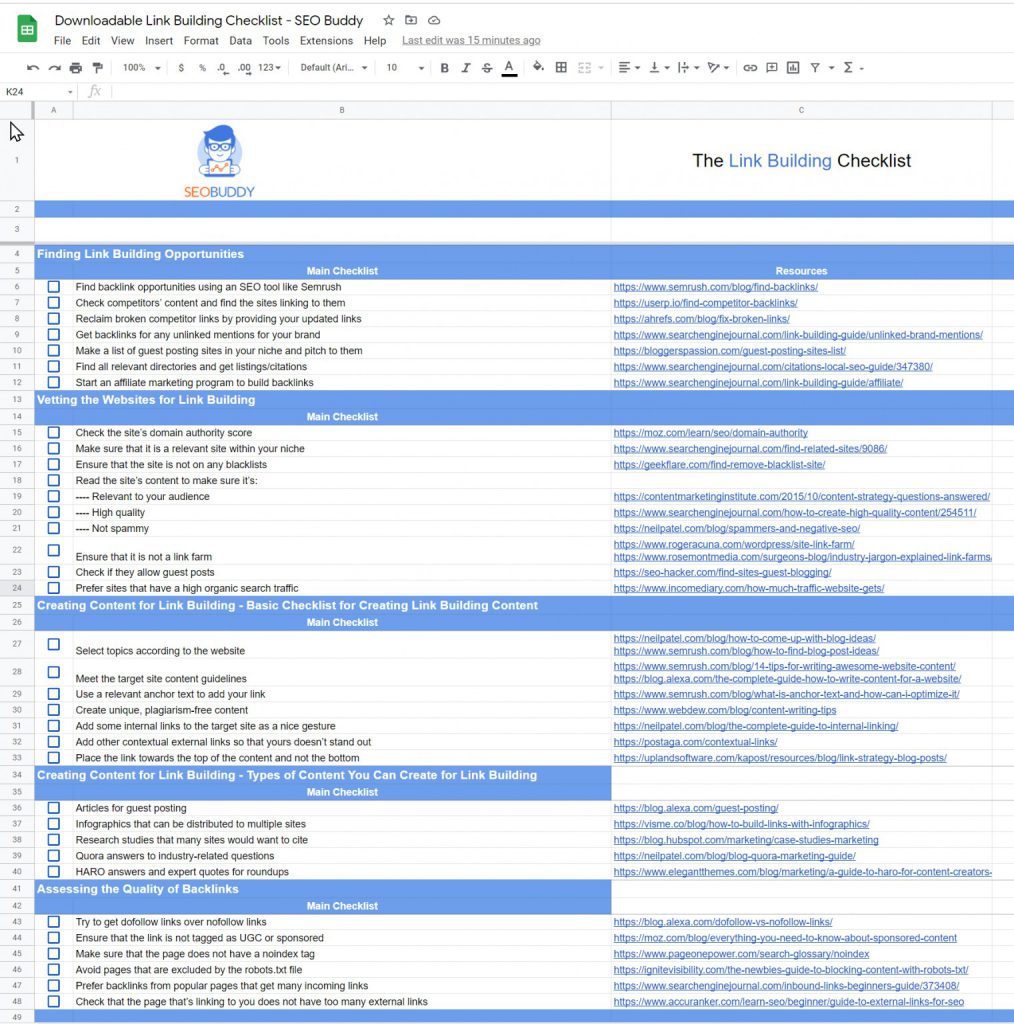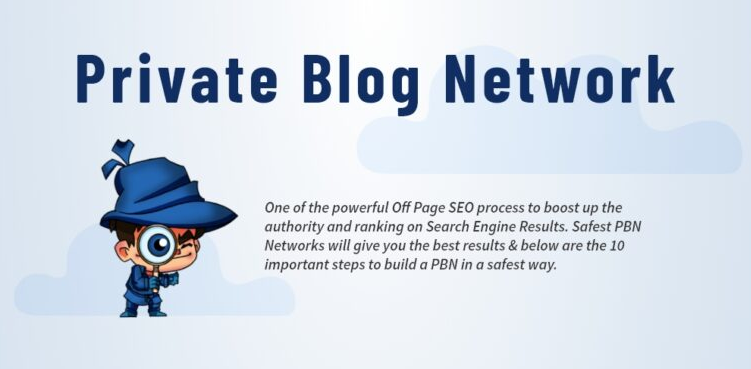All Categories
Featured
Table of Contents
- – What Is The Premier Semantic Seo Analysis Comp...
- – Which Is The Leading Enhancing Seo With Semant...
- – What Are The Leading Best Semantic Seo Tools ...
- – Who Is The Premier Semantic Search Ranking Im...
- – Where To Buy The Top Structured Data For Sem...
- – What Is The Most Trusted Semantic Search Str...
- – What Is The Most Reliable Semantic Seo Audit...
This is because search engines have actually developed and are relocating a lot more and a lot more in the direction of checking out content on the web. Of training course, that has actually likewise changed the means we create material, particularly if we want to rank better in the search engines.
Intertwingularity is not usually acknowledged, individuals keep claiming they can make things deeply hierarchical, categorizable and sequential when they can't. Based on the relationships in between search intents, the search engine prefers a web content in placing by determining the range in between the vectors of meaning.
It enables you to see, beginning with a subject, all the entities that relate to that topic. This method you can plainly see which entities/concepts/ideas have already been covered on your website, and you can discover brand-new opportunities by understanding what material you can include and just how to create it.
What Is The Premier Semantic Seo Analysis Company
It has the ability to make your web content reasonable for online search engine on the one hand and for your target market on the other. Structuring your web content design highlights your material and its hidden relationships so that online search engine can identify you among thousands of pieces of information, making you much more noticeable to customers who meet the search intent related to your company.
In semantic SEO copywriting, an editor begins with a more comprehensive variety of topics and customizes the web content to include semantically appropriate terms and phrases that aid readers understand a subject, comparable to checking out content in a wiki. From a content creating perspective, one sensible way to do this is to create a vocabulary of terms and concerns bordering your target subject.
Which Is The Leading Enhancing Seo With Semantics Company
Find out more regarding by seeing the by!.

Semantic search describes the process of just how online search engine understand and match keyword phrases to a searcher's intent in natural search engine result. Prior to semantic search, search engines like Google operated like matchmakersaligning specific words in your query with those exact words on pages. The outcomes were uncomplicated but frequently lacked depth.
What Are The Leading Best Semantic Seo Tools Companies?
It allows Google to use quick, precise answers to browse queries about real-world subjects. When you type a question word right into Google, you're not simply going into a sequence of words. You use a complex web of definitions and connections. Google's Understanding Graph sees these words as entities with context and partnerships.
When you search for "Apple," Google doesn't just see a word that defines a fruit. It identifies Apple as a firm and can give related info. It was Google's answer to the surge of voice searches, where queries became more conversational and nuanced.
Who Is The Premier Semantic Search Ranking Improvements Company
By integrating NLP, Hummingbird allowed Google to move beyond plain keyword matching. It helped the search engine comprehend search intent, increasing the chances that results would accurately match the factor behind an individual's search.
Making it more reliable at managing never-before-seen search queries. RankBrain thinks about even more than just keyword phrases when examining a search inquiry.
It fetches results that match the search phrases and straighten with the general intent of supplying puppy training guidance. And if the user often looks for dog-related web content, Google may focus on more in-depth training guidesrecognizing the individual's recurring passion in the topic. Incorporating innovations like the Knowledge Graph, Hummingbird, and RankBrain, semantic search helps the Google algorithm analyze and connect data throughout a vast internet of information.
Where To Buy The Top Structured Data For Semantic Seo
The focus shifts from keyword choice to a holistic method incorporating individual intent, topical relevance, and general individual experience. Developing material that attends to the searcher's demands with comprehensive info can improve your SERP positions.
And kind of content can best please their requirements. A broader method to content aligns better with semantic search's shift away from precise keyword matching and toward user intent. Which explains the raised emphasis on topic collections, as opposed to private search phrases. Web content that covers search queries more extensively not only pleases users.
UX aims to create a visually appealing, easy to use interface with engaging, top quality web content that motivates visitors to remain. Semantic search innovation enables search engines to aim for results that supply the finest possible UX.
What Is The Most Trusted Semantic Search Strategies Right Now

All display Google's ability to resolve a topic inquiry adequately. By recognizing the context and intent behind individual questions, search engines can supply extra appropriate info and potentially boost customer involvement. Customization in search results creates much better UX.Based on your past search background and preferences as a user, semantic search aids online search engine tailor the outcomes to match your unique needs and passions.
It brings results that match the key words and straighten with the general intent of supplying pup training advice. And if the user often looks for dog-related web content, Google might focus on a lot more in-depth training guidesrecognizing the individual's ongoing passion in the subject. Combining technologies like the Knowledge Chart, Hummingbird, and RankBrain, semantic search helps the Google algorithm interpret and connect information throughout a large internet of information.
What Is The Most Reliable Semantic Seo Audits You Can Buy
The focus changes from keyword option to a holistic technique incorporating user intent, topical importance, and total individual experience. Creating web content that resolves the searcher's demands with comprehensive info can enhance your SERP rankings.

And type of material can best satisfy their demands. A more comprehensive approach to content aligns better with semantic search's change far from specific key phrase matching and toward individual intent. Which explains the increased concentrate on topic clusters, as opposed to individual key words. Content that covers search queries better not just satisfies users.
And 5 times greater than websites that take 10 seconds to load. While technical SEO guarantees optimal site efficiency and access, concentrating on customer experience (UX) takes it a step additionally. UX intends to create an aesthetically enticing, straightforward user interface with engaging, top quality material that encourages visitors to remain. Semantic search technology allows search engines to intend for results that provide the most effective feasible UX.
All display Google's ability to resolve a subject question thoroughly. By comprehending the context and intent behind user queries, online search engine can provide more pertinent info and potentially boost customer interaction. Customization in search engine result produces much better UX.Based on your past search history and choices as a customer, semantic search assists internet search engine tailor the outcomes to fit your distinct demands and passions.
Table of Contents
- – What Is The Premier Semantic Seo Analysis Comp...
- – Which Is The Leading Enhancing Seo With Semant...
- – What Are The Leading Best Semantic Seo Tools ...
- – Who Is The Premier Semantic Search Ranking Im...
- – Where To Buy The Top Structured Data For Sem...
- – What Is The Most Trusted Semantic Search Str...
- – What Is The Most Reliable Semantic Seo Audit...
Latest Posts
What Is The Leading Semantic Seo Analysis Business?
A Top Semantic Seo Guide
Top-Rated Semantic Seo Ranking Factors To Buy
More
Latest Posts
What Is The Leading Semantic Seo Analysis Business?
A Top Semantic Seo Guide
Top-Rated Semantic Seo Ranking Factors To Buy